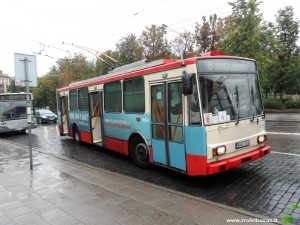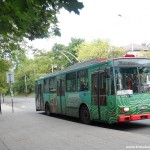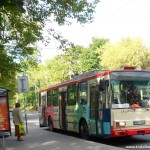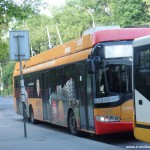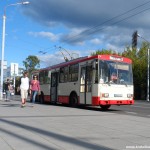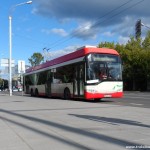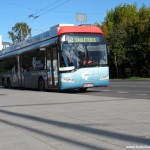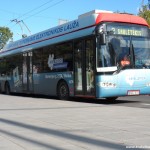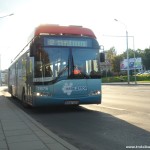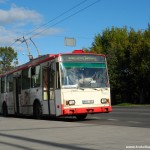The mass media is constantly announcing as if number of public transport vehicles, frequency of their routes, etc. in Vilnius is determined on the basis of passenger flow investigations.
For example, in the article of delfi.lt “Public transport of Vilnius: complains continues” Head of Public transport department of SĮ „Susiekimo paslaugos“ Modesta Gusaroviene says: “Passenger flow studies show that public transport service in Antakalnis district is optimal”.
Here it is worth to recall one traffic accident, which was described in 15min.lt: “In Vilnius, a minibus collided with a crowded trolleybus”:
The accident caused no casualties because the trolleybus was full of passengers and when trolleybus had made a sudden stop there was nowhere to fall, people just leaned against each other.
Also an information was received that the Municipality of Vilnius which is possibly planning to make new stage of public transport “optimization”, has ordered SĮ “Susisiekimo paslaugos” to examine passenger flows, and this is what they are doing from 12th to 27th of October, 2013.
Therefore, the need for such a post has appeared in order to consider if these techniques which are being used in Vilnius, may be solemnly called “passenger flow studies”.
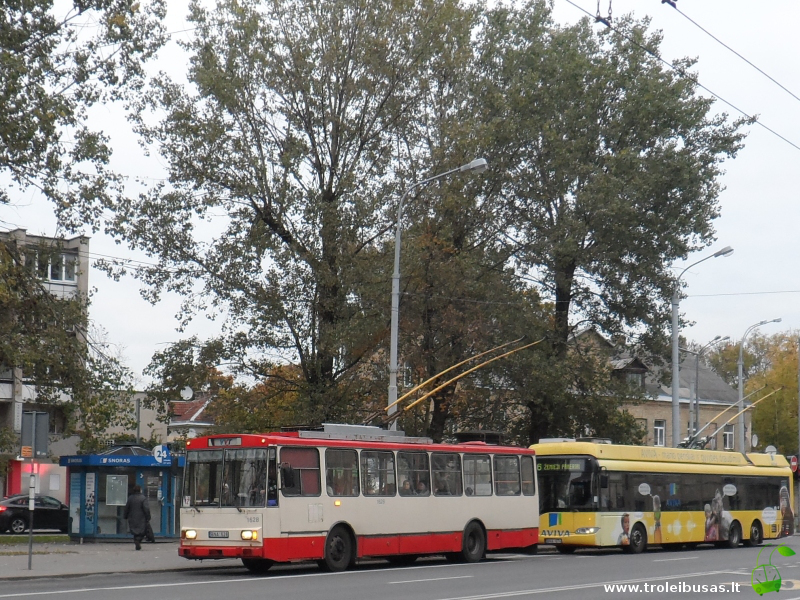
Even in this age of technology we can easily see the inability to make correct schedules, as vehicles which go the same direction are still appearing in the stop at the same time and then you will have a long waiting time before the next vehicle arrives.
As it is known, an estimation of flow of passengers (ie, the number of passengers boarded, or contrary got got out, in a particular stop, in a particular route) could be done if each passenger in the buses and trolleybuses, when boarding or getting out would be activating an electronic ticket (no matter what type of ticket – a single, or e-ticket which is based on time). However, as we know in Vilnius, you can “track” passengers of only 30 and 60 minutes tickets, and only partially, that is, you can only see the place where the ticket is activated, but it can’t be seen, where the passenger got out or if a passenger has continued the trip with another vehicle. It is not possible to track so-called “monthly” (30-days) ticket passenger traffic and how often they use public transport, and which routes they use. Single tickets which are brought from a driver are not showing anything, too, as passengers often buy several of them at once and use them later on another vehicle.
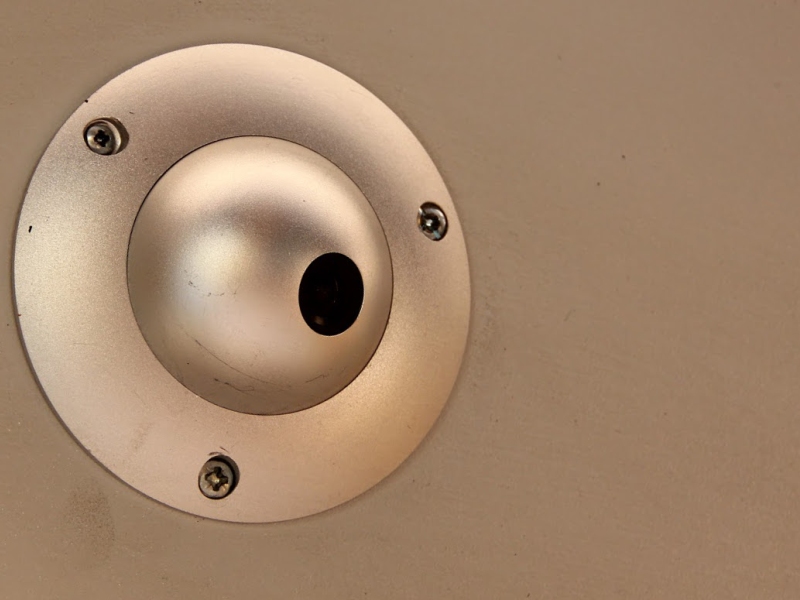
This “eye” is a part of an automatic passenger flow tracking system.
Much more accurate number and dynamics of passengers in vehicles would give a system which is installed in a public transport vehicle that automatically calculates how many passengers have got inside and how many have got outside in every stop. The equipment cost per vehicle is about 25 thousand Litas, the cost of a single vehicle tracking and reports (for one one month) is from 80 Euros (about 276 Litas).
Such a system was tested in 2011 by “Vilniaus troleibusai” which had still existed those days. Distributor of automatic passenger counting system, company “Fima”, has installed this system in one Skoda 14Tr trolleybus and provided daily reports numbers of passengers which have entered the vehicle of have left it, in each stop, also other data was provided like the biggest numbers of passengers in each route and so on. This service was provided for the tests for free.
elektronika.lt: They want to count the capital’s trolleybus passengers automatically
15min.lt: “Vilniaus troleibusai” would like to count how many people in the capital are using trolleybuses
After the testing the leaders of “Vilniaus troleibusai” have concluded that this system can be much more useful than the “traditional” one (it was planned to install it to at least 10% of the trolleybuses and thus to monitor all the routes of varying the time of day, and other data), this equipment has been installed into both trolleybuses Amber-Vilnis 12ac.
In Vilnius, such system is also present in the buses “MAN Lion’s City A21 CNG” which have arrived this spring (however, although the hardware is there this system has not been used for a single day). For the system to work, of course, only hardware is not enough – there should be a software maintenance and analysis, as well as reports of certain types in the form of tables and graphs. For a half of year in Vilnius, this system was used for free in both trolleybuses Amber-Vilnis, reports were received every morning for yesterday’s routes, but it was decided to save money and after the term of free reports has ended, it was decided to use a different investigating system which is already used for decades – “calculation on fingers” system, where a person is sitting quietly in a bus stop.
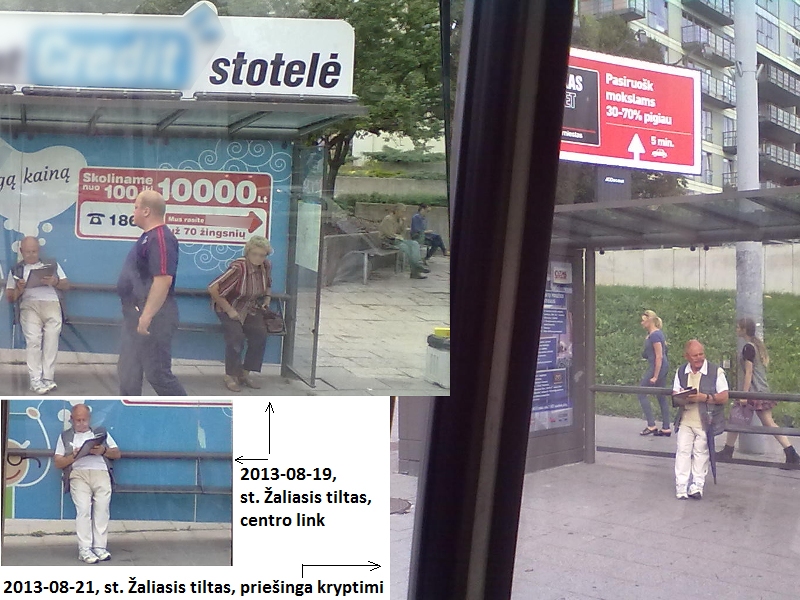
We see a man in these pictures who was noticed while “performing the flow of passengers in Vilnius investigation” on August 19-21, 2013 (thanks for the photos to Mr. Romas!). On Monday, this man was sitting for an hour or two in a bus stop in one side of the street, on Wednesday he was sitting in another side of the street – and investigation is done…
What this man is recording exactly?
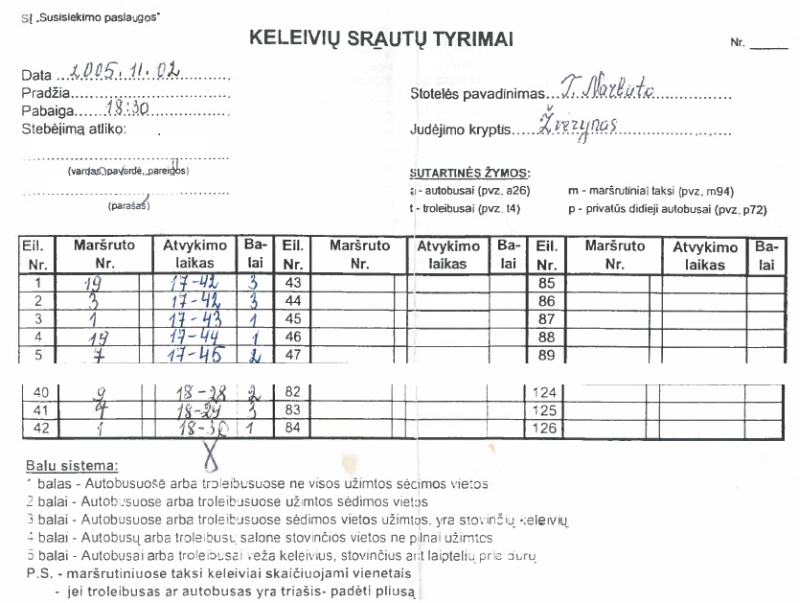
And here you can see a fragment of the form which is called “The Passenger Flow Research” – the same is being used till now, year 2013. The form does not have one more system scale, when passengers are not able to board the vehicle at all as it is overcrowded (even standing in the doorway). As you can see, this monitoring is done at a particular stop only, for only a very limited period of time, there is no analysis of whether the vehicle has arrived on schedule, or maybe vehicles have arrived at the same time (because it also affects the number of passengers), there are no numbers how many passengers boarded and how many passengers have left the vehicle.
So in accordance with such “flow study” which is conducted (by request) in the best case by four people, who are working for a few hours in a stop, Vilnius is organizing the public transport system. Dear passengers, are these methods which are being used in Vilnius, you can trust?
Skaityti toliau…

